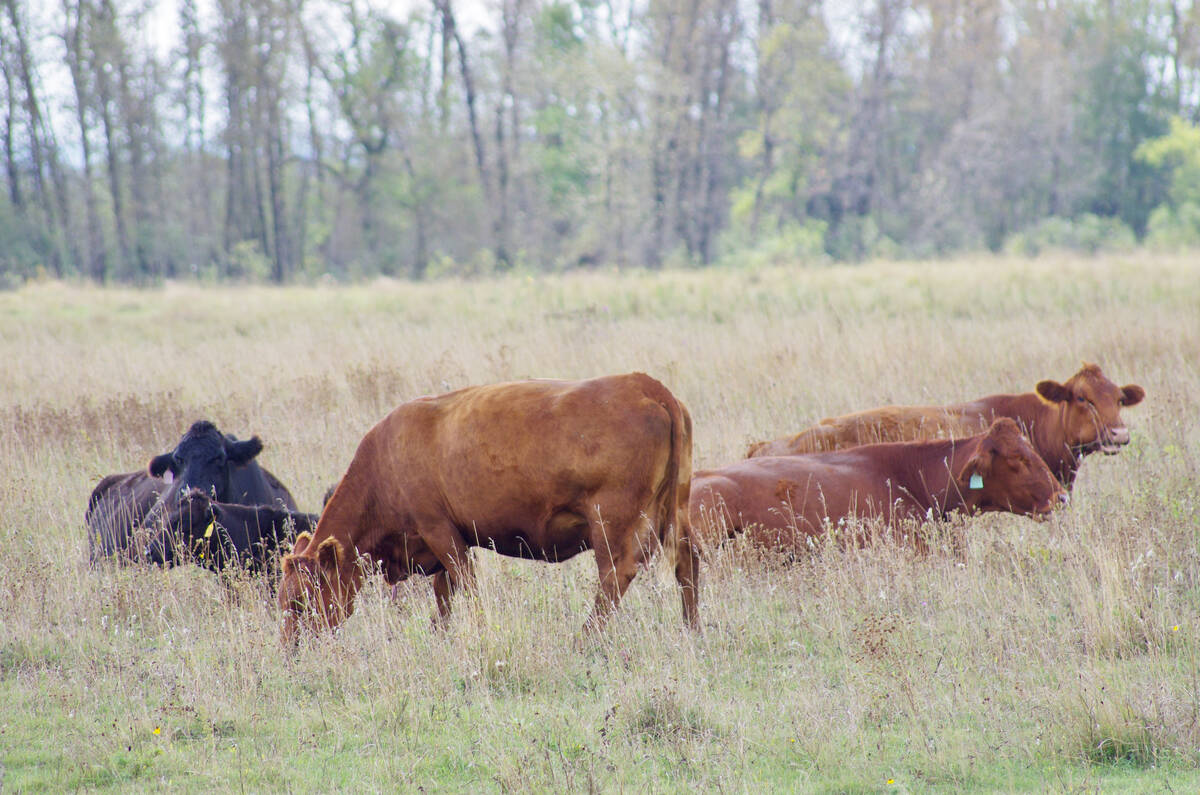Glacier FarmMedia – With the growing likelihood of an interest rate cut by the Bank of Canada, spillover from the move could prove to be beneficial for canola prices, according to Calgary-based Errol Anderson of Errol’s Commodity Wire.
“The market is sensing the Bank of Canada is going to cut rates [on June 5]. So that could be a pressure point on the Canadian dollar. I wouldn’t be surprised if the loonie slides below 72.5 U.S. cents towards 72 cents. That would be support of canola,” Anderson explained.
Read Also

U.S. livestock: Chicago cattle futures climb on post-Thanksgiving trade
Chicago | Reuters – Chicago Mercantile Exchange’s live and feeder cattle futures ticked up on Friday in a day of…
He added that the current increases in canola on the Intercontinental Exchange have been tied to Malaysian palm oil, which is in short supply.
As well, other reports stated that reduced rapeseed output in the European Union and Russia due to unfavourable growing conditions, including frost, has lent a boost to canola.
Anderson commented there may soon be a need for the BoC to lower its key rates – but in a manner that won’t help canola.
“I’m starting to hear cracking sounds around the stock market. Whether this develops is unknown,” he said, noting the equities recently hit record highs. “There are signs in the treasury market that indicate a pullback may be coming.”
Should the equities falter, Anderson said that would weaken the commodities market. That could lead West Texas Intermediate crude oil to falling below US$70 per barrel, which would put pressure on Chicago soyoil and ICE canola.
While the BoC, the European Central Bank and numerous central banks in other countries have or are leaning towards rate cuts, Anderson said the major outlier is the U.S. Federal Reserve. He pointed out the Fed’s message has been rather mixed by alluding to cuts, holding rates steady, or increasing them.
“We’re one stock market crack away from rate cuts. They’ll have to make a move,” he commented about the Fed.















